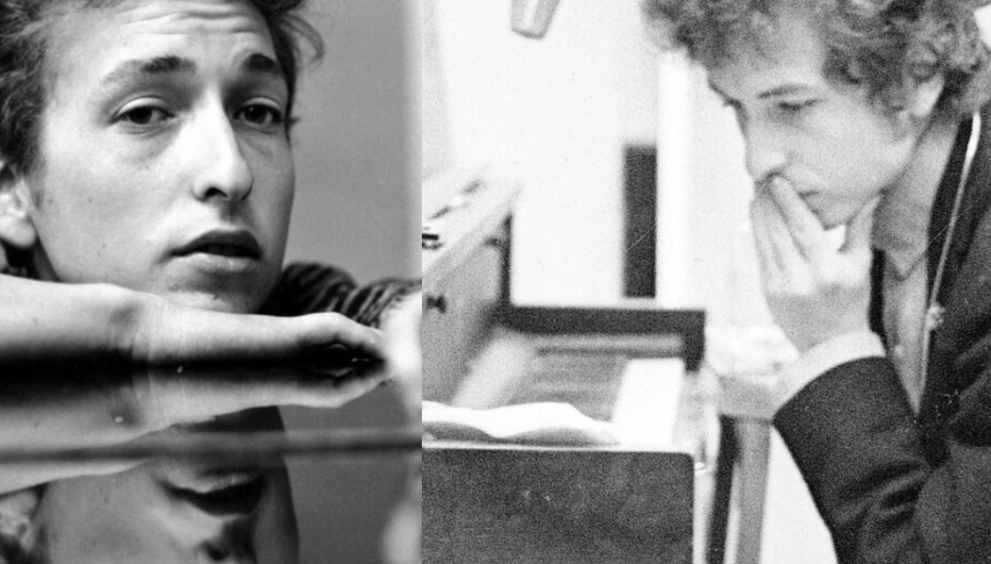Though many believed Bob Dylan reached his artistic peak by 1966—after electrifying the folk world, releasing back-to-back revolutionary albums, and walking away following a mysterious motorcycle crash—his story was far from over; what followed was not a decline but a series of unexpected reinventions, lyrical rebirths, spiritual detours, and creative surprises that proved Dylan wasn’t frozen in the 60s myth—he was still evolving, still writing, still pushing boundaries, and still redefining what it means to be an artist over time—his most fascinating chapters came after the legend was supposedly complete—click the link to read the full story.

Though many believed Bob Dylan reached his artistic peak by 1966—after electrifying the folk world, releasing back-to-back revolutionary albums, and walking away following a mysterious motorcycle crash—his story was far from over; what followed was not a decline but a series of unexpected reinventions, lyrical rebirths, spiritual detours, and creative surprises that proved Dylan wasn’t frozen in the 60s myth—he was still evolving, still writing, still pushing boundaries, and still redefining what it means to be an artist over time—his most fascinating chapters came after the legend was supposedly complete—click the link to read the full story.
For many music historians, the year 1966 marks a climax in Bob Dylan’s legendary career. That year saw the release of Blonde on Blonde, a double album that remains one of the most praised works in rock history. It was the culmination of an astonishing run: three genre-defining albums in as many years (Bringing It All Back Home, Highway 61 Revisited, and Blonde on Blonde) that turned folk into rock, protest into poetry, and Dylan from a singer into a symbol.
And then—he vanished.
A motorcycle accident in July 1966 near his home in Woodstock, New York, forced Dylan to retreat from the public eye. Some suspected he was near death. Others whispered of creative burnout. A few even suggested he had engineered the crash himself to escape the whirlwind fame. Either way, many believed the story ended there: Dylan had said what needed to be said. He had written the soundtrack for a generation. What more could follow?
As it turns out—everything.

Dylan’s so-called “post-1966” period defied all expectations. Rather than trying to recapture his mid-60s sound, he transformed. He went inward, recording the Basement Tapes with The Band—lo-fi, country-tinged songs that felt homespun and mysterious. By 1969, with Nashville Skyline, Dylan was crooning in a soft, surprising voice, singing country ballads with Johnny Cash. Gone was the nasal sneer, the cryptic lyrics. In its place stood something warmer, almost domestic.
In the 1970s, Dylan proved again that reinvention was his truest art form. Blood on the Tracks (1975) offered raw, emotional songwriting that critics interpreted as autobiographical. Songs like “Tangled Up in Blue” and “Simple Twist of Fate” were heartbreaking, elliptical, and masterfully constructed. Dylan, now in his mid-30s, was no longer a prophet. He was a man, wounded and reflective.

Then came the unexpected religious turn. Between 1979 and 1981, Dylan embraced Christianity, releasing gospel-inspired albums like Slow Train Coming and Saved. He refused to play older hits in concert, focused instead on preaching spiritual messages through music. Fans were divided. Some turned away. Others found it bold. Dylan, typically cryptic about personal beliefs, gave passionate performances that suggested this wasn’t a phase—it was a reckoning.
The 1980s were more uneven, but not without highlights. He collaborated with Tom Petty, joined the Traveling Wilburys supergroup with George Harrison and Roy Orbison, and performed with the Grateful Dead. Albums like Oh Mercy (1989) hinted at a comeback, and his tours continued to draw crowds worldwide. Still, many critics spoke of him in the past tense, as though his legacy had already been written.
They were wrong again.
In 1997, Dylan released Time Out of Mind, a dark, haunting meditation on aging, regret, and mortality. His voice was gravelly now—weathered by time—but his lyrics were sharper than ever. The album won multiple Grammys, including Album of the Year. For a moment, the world stopped seeing Dylan as a relic and began to recognize his continuing relevance.
And he didn’t stop. Love and Theft (2001), Modern Times (2006), and Tempest (2012) were all widely acclaimed, filled with American folklore, blues motifs, and literary references. Dylan wasn’t just writing songs—he was building a mythology, drawing on everything from Shakespeare to Civil War ballads. His 21st-century work was less about reinvention and more about excavation: digging through the ruins of the American dream and constructing something new from the rubble.
In 2016, Dylan became the first musician to win the Nobel Prize in Literature. The award shocked many in the literary world but felt like a long-overdue acknowledgment of his impact on language, culture, and thought. Dylan, as usual, responded with measured ambiguity. He skipped the award ceremony. Later, in his Nobel lecture, he connected Homer and Buddy Holly, Moby Dick and Hank Williams. It was vintage Dylan: refusing to be categorized.
His 2020 release, Rough and Rowdy Ways, arrived at the height of a global pandemic. At age 79, Dylan delivered some of the most meditative, strange, and profound songs of his career. “Murder Most Foul,” a 17-minute meditation on the Kennedy assassination, felt like both an obituary and a prayer. The album was hailed as a masterpiece. Dylan’s voice, cracked and slow, sounded like it had absorbed a century of American life.
So no—Bob Dylan’s story didn’t end in 1966.

It only became more complex, more unpredictable, and in many ways, more profound. The man who once sang of change became a living testament to it. He challenged the myth of youthful genius and proved that creativity doesn’t expire. Over six decades, Dylan has remained a restless force: always writing, always searching, never settling.
The story of Bob Dylan isn’t a moment. It’s a motion. A long, winding narrative still being written.





